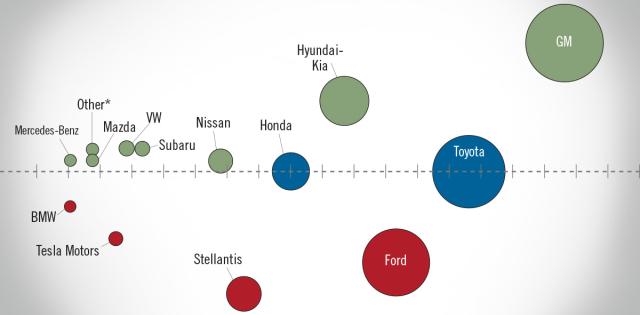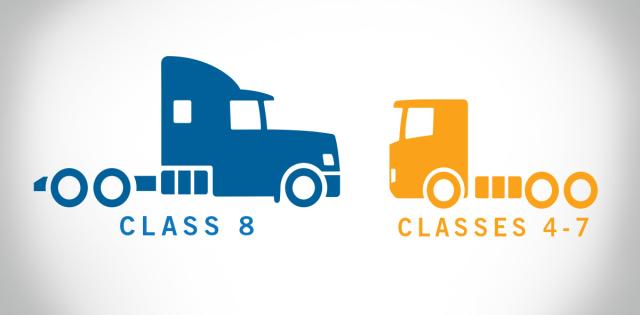The article below is sourced from Reuters Wire Service. The views and opinions expressed in this story are those of the Reuters Wire Service and do not necessarily reflect the official policy or position of NADA.
U.S. auto sales likely rose by a mid single-digit percentage in the first quarter, adding to gains made last year on sustained appetite for crossover SUVs, pickup trucks and better supply of new vehicles, analysts say.
Automakers have seen strong sales over the past quarters, helped by a surge in consumer interest toward new vehicles for personal mobility after the pandemic.
However, industry experts expect prices to taper off from the year-ago levels as vehicles inventory at dealer lots improve.
"While the sales and expenditure performance are impressive, it is coming at the expense of reduced retailer and manufacturer profitability as inventories of unsold vehicles rise and competitive pressures intensify," said Thomas King, president of the data and analytics division at J.D. Power.
U.S. new-vehicle sales volume in the first quarter is expected to grow by 5.6% to 3.8 million units from a year ago, according to industry consultant Cox Automotive.
March seasonally adjusted annual rate is expected to finish near 15.5 million units, up 0.6 million over last year's pace, but down slightly from February, Cox added.
Average transaction prices are expected to be $44,186 in March, down 3.6% from a year ago, according to J.D. Power.
"Since the second quarter of 2023, the pace of sales has been in a prolonged holding period, given the current purchase environment facing auto consumers," said S&P Global Mobility.
General Motors is expected to retain its spot as the top-selling automaker in the United States but growth is forecast to be relatively flat from a year ago, according to data from an Edmunds report.
Top executives of GM and Ford gave upbeat outlooks for the U.S. auto market and their profit plans last week, saying U.S. consumer demand remains strong.
Ford, however, said demand for electric vehicles is "much lower than the industry expected," and added that it would rely on demand for hybrid models "as an important part of that bridge over the next five years."
For more stories like this, bookmark www.NADAheadlines.org as a favorite in the browser of your choice and subscribe to our newsletter here:











